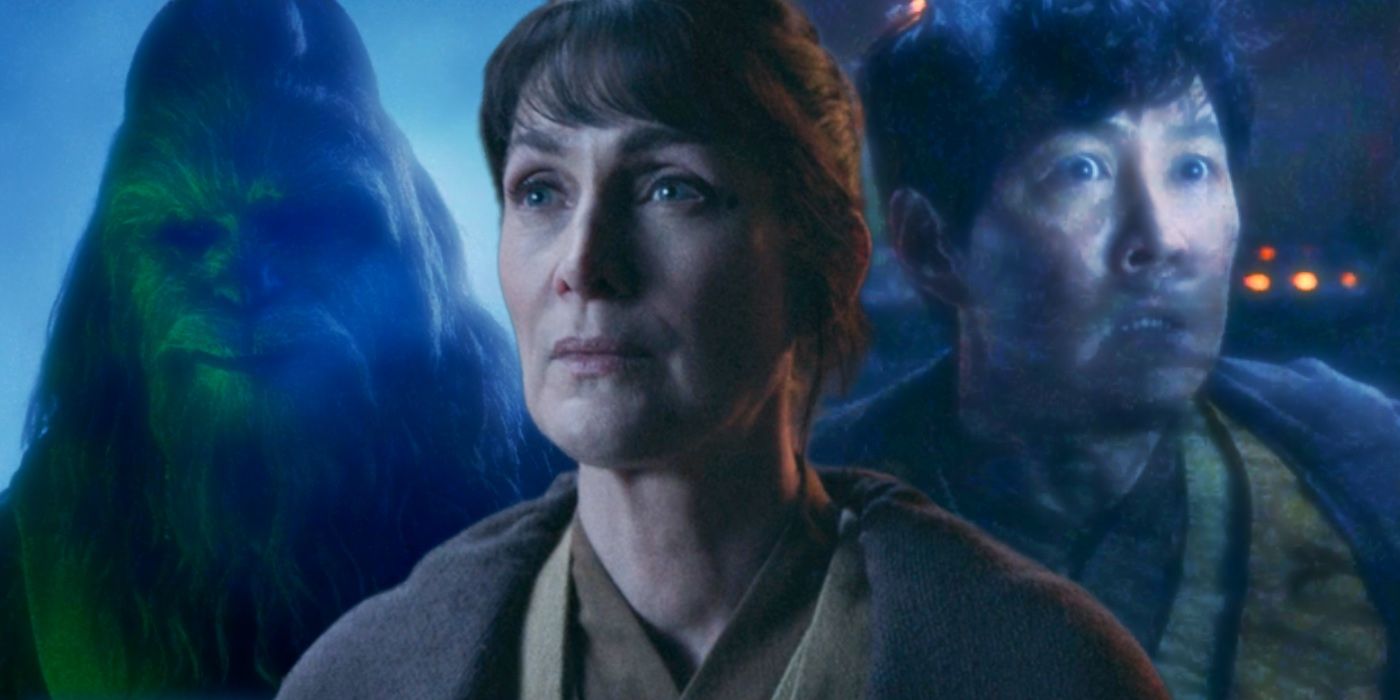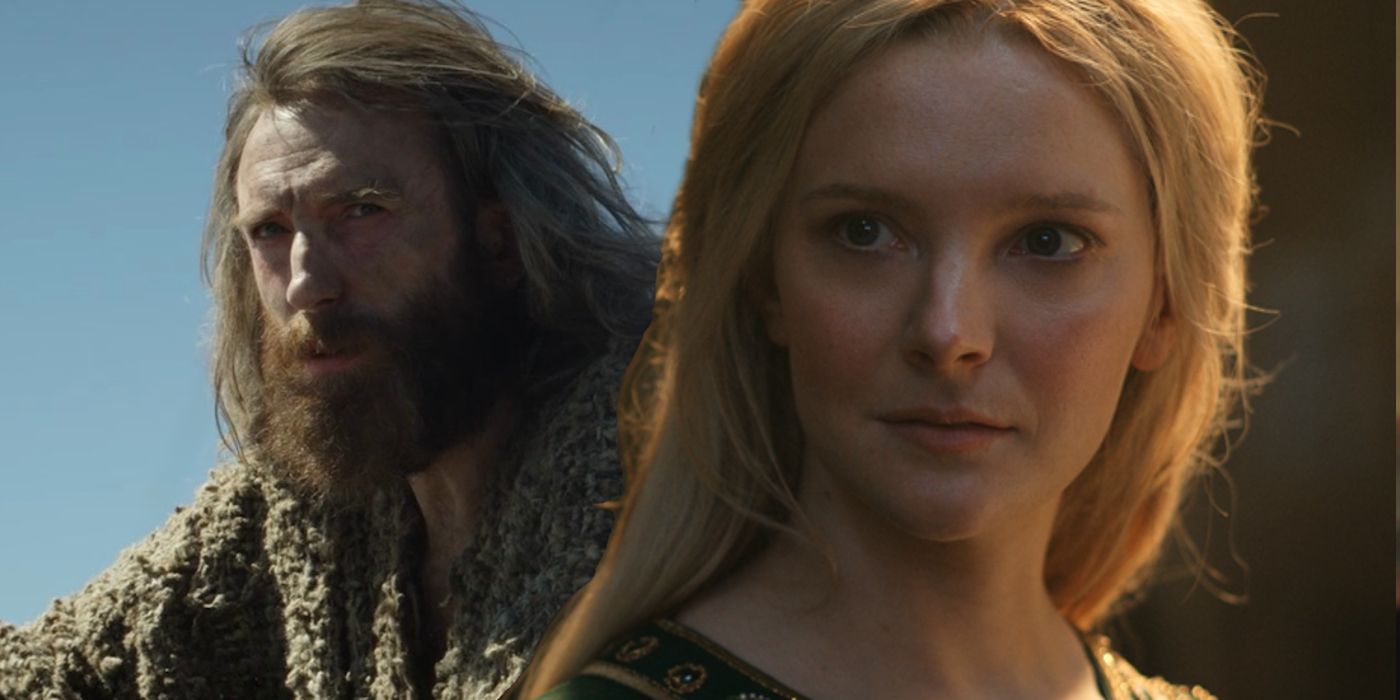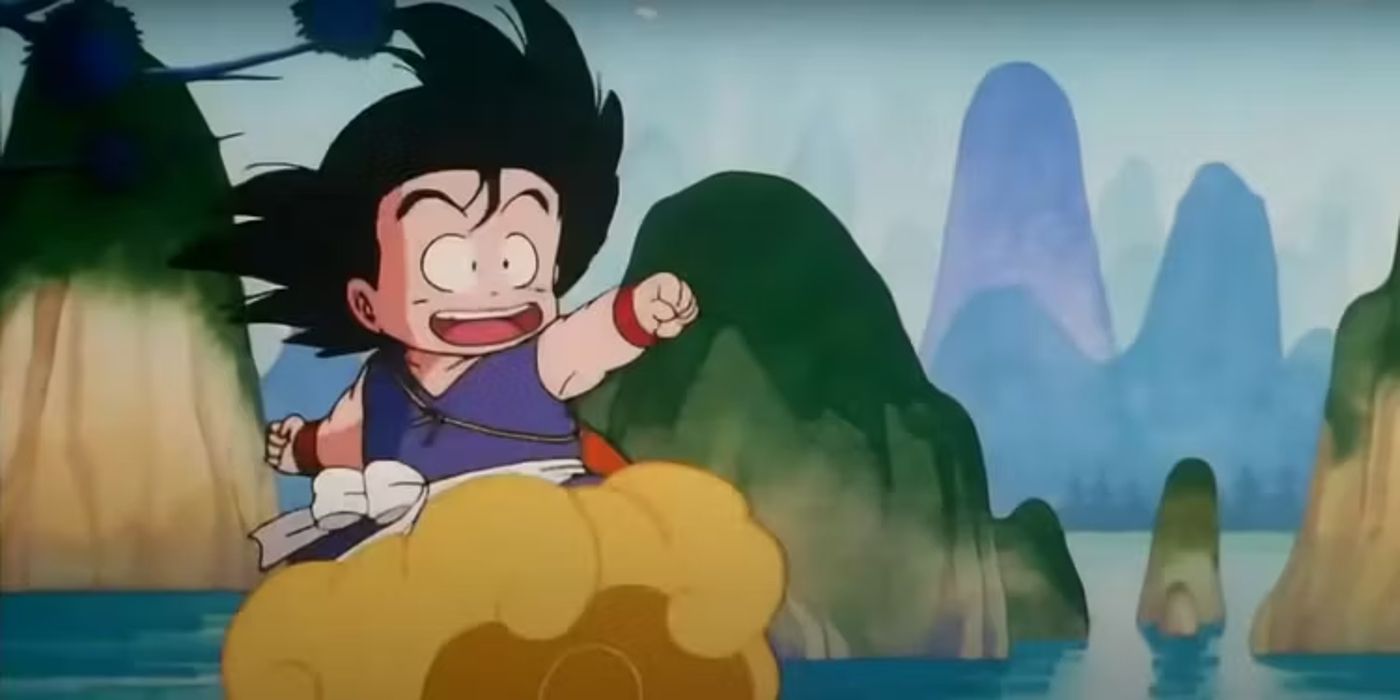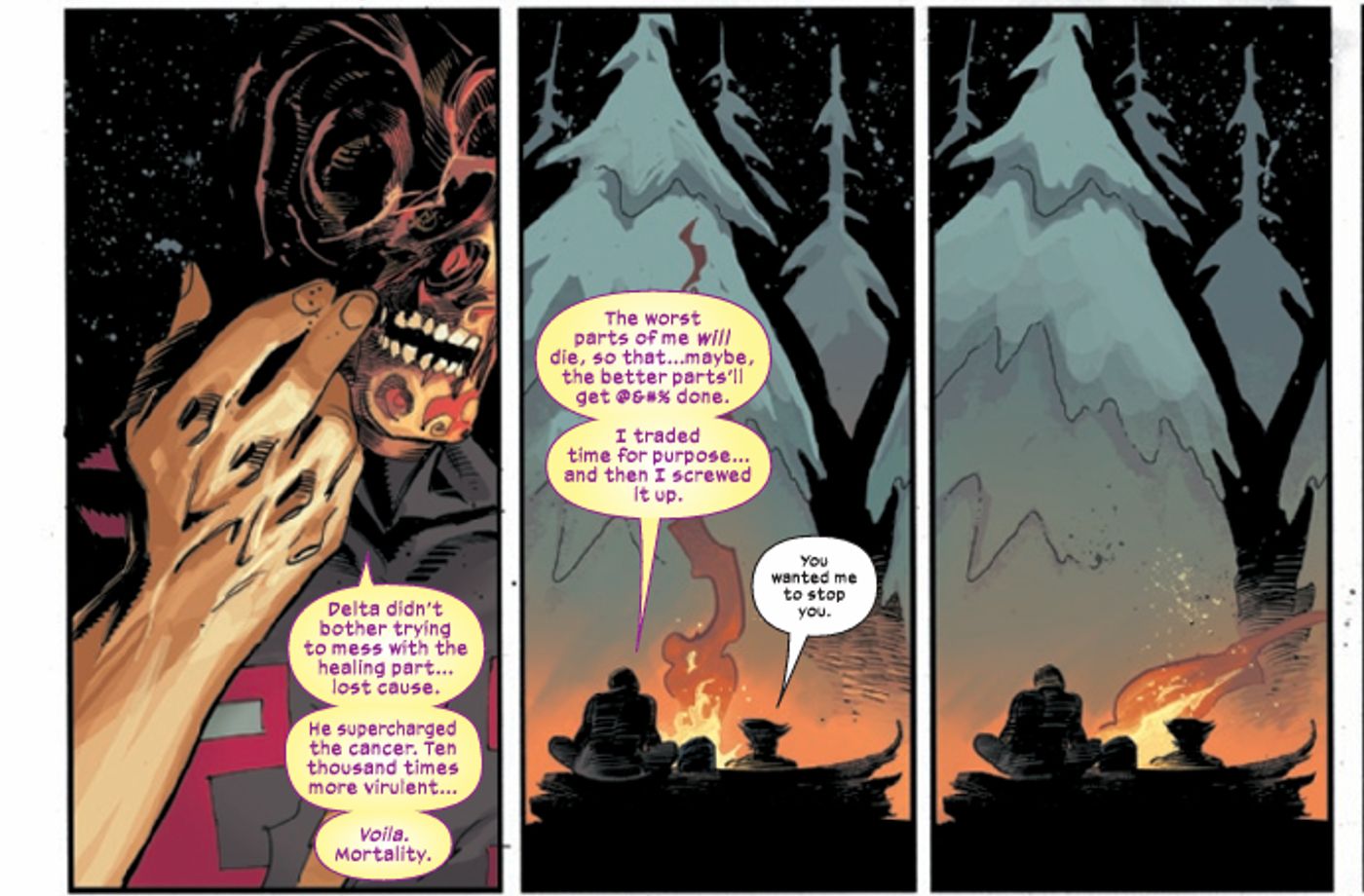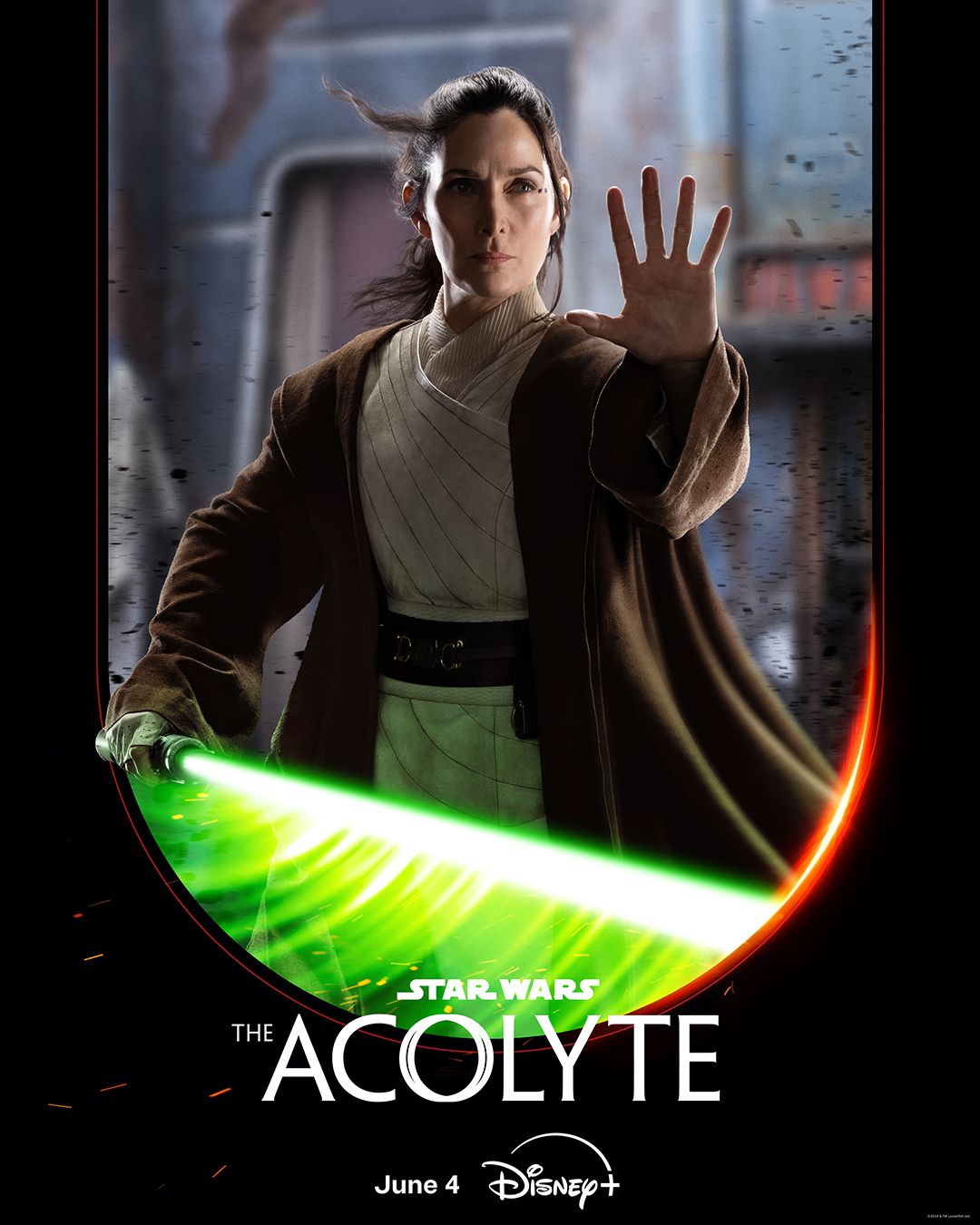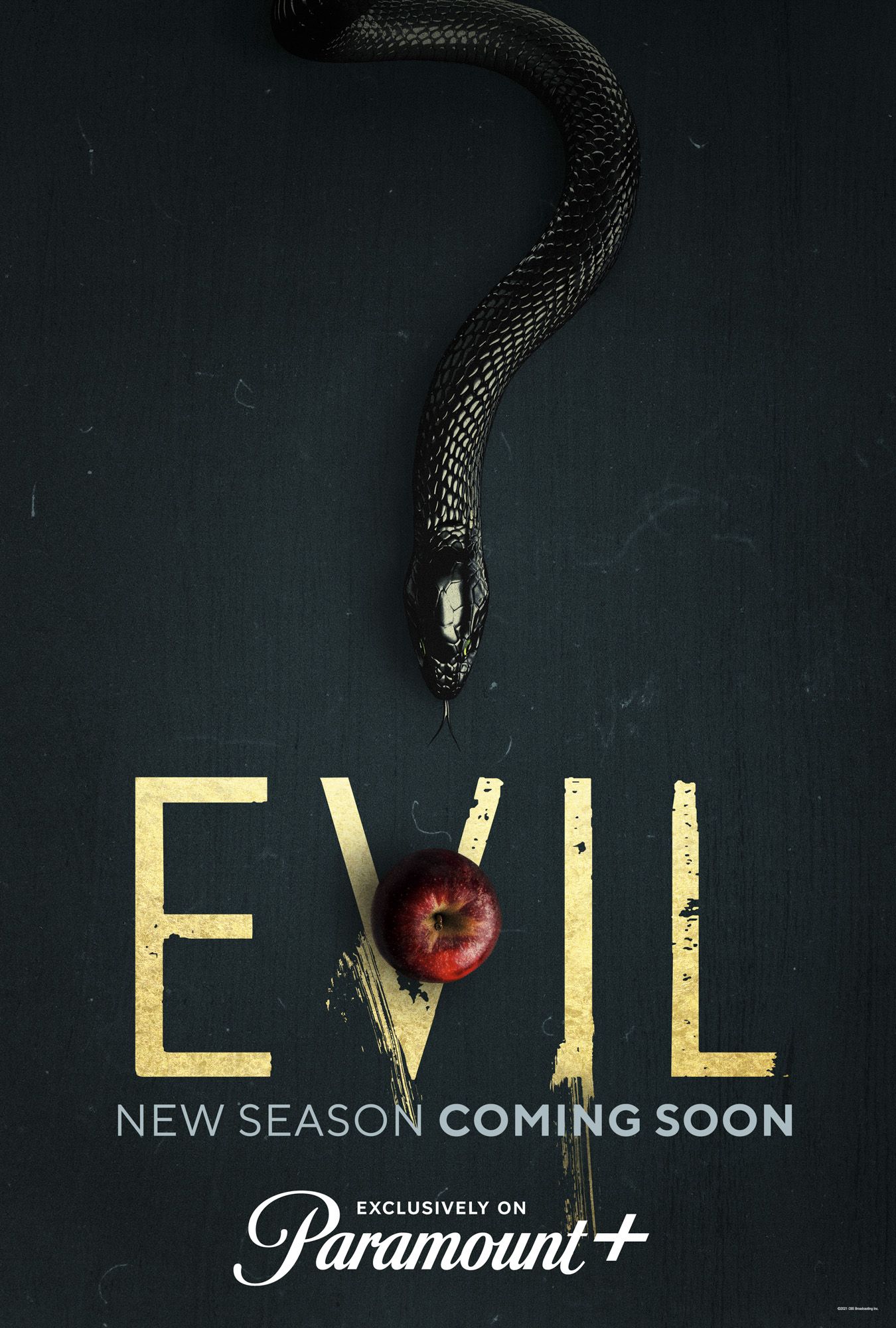Throughout Batman’s comic book history, he has encountered many alternate versions of himself. Although Spider-Man is known for the Spider-Verse, the Caped Crusader could steal the multiverse spotlight by teaming up with specific fan favorite Batmen, such as the iterations from Batman ’66, Batman Beyond, and The White Knight, among many more.
It’s possible that there have been more dramatic variations of Batman than any superhero in existence. From Frank Miller’s mature take The Dark Knight Returns to the Silver Age’s family friendly Dynamic Duo, there is a wide spectrum of Batmen who are considered to be the quintessential version of the character among fans. In recent years, there has been emphasis on the each iteration’s respective contribution to the Batman mythos. In the process, some versions of Batman have become further normalized, no longer mocked by fans as they share equal footing in the DC Universe.
While The Flash will unite multiple Batmen from various points in the multiverse, in the form of Michael Keaton and Ben Affleck, comics could easily achieve the same task. Unlike the upcoming film limited by its budget, DC could play around with an infinite amount of Batmen, pulling specific versions from his comic book history. At the moment, DC Comics is missing out on an opportunity for the Bat-Verse to unite the most beloved iterations of the Caped Crusader in a new take on the Bat Family.
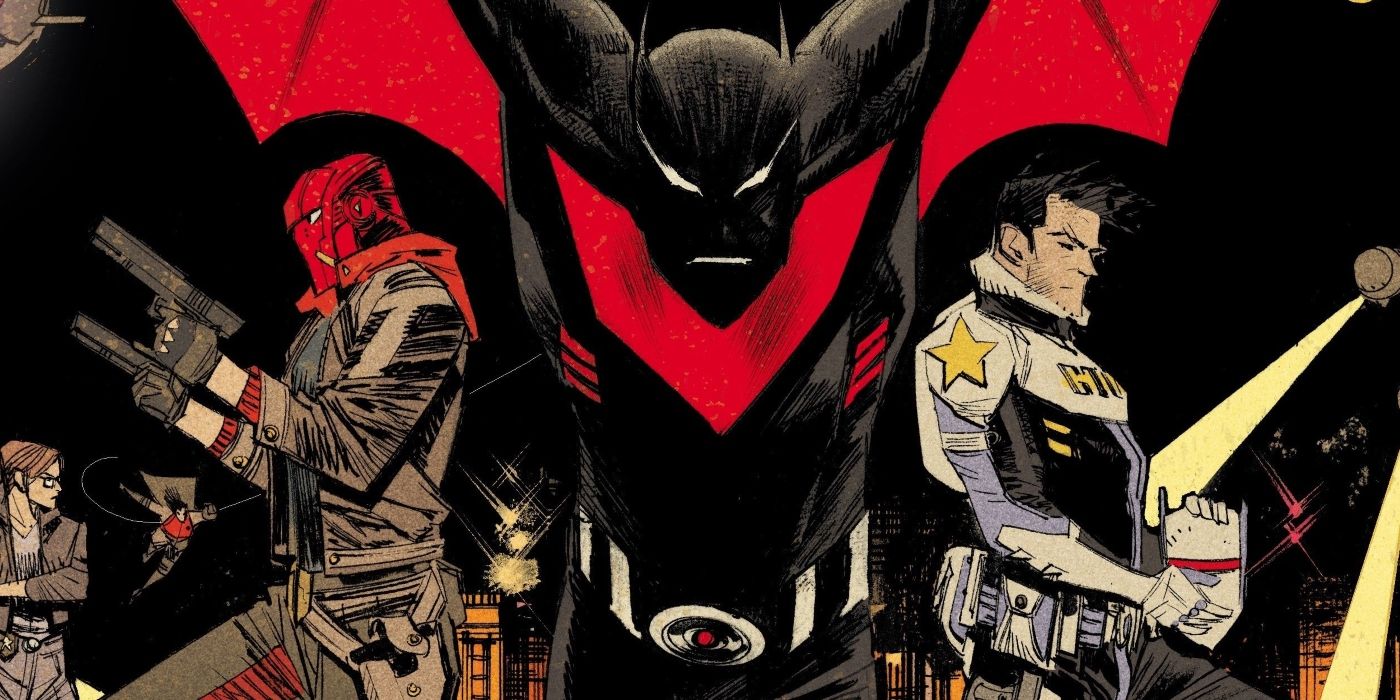
Just as Spider-Man has a small, comical version of himself in Spider-Ham, Batman has the fifth-dimensional imp Bat-Mite, who is a massive fan of the Dark Knight. Echoing Spider-Man’s successor in 2099 named Miguel O’Hara, Bruce Wayne has his teenage mentee in 2039, Terry McGinnis. Terry has fought crime alongside a younger Batman in his prime before, but seeing a group of Batmen with him would create a different group dynamic.
For a large majority of Batman fans, the DC Animated Universe’s Batman: The Animated Series which featured the iconic Kevin Conroy in the part is the truest iteration of the Dark Knight. Since the DCAU concluded, stories set in the universe have continued to be told in Batman: The Adventures Continue and Justice League Infinity. Now that the DCAU Batman is in comics, he could easily cross over with other Batmen through the DC Multiverse.
Similarly, the Burtonverse has made its way to comics with Batman ’89, providing fans with a continuation of Michael Keaton’s Batman movies based on cancelled plans for the franchise. Since Adam West’s retro Batman ’66 has also continued in the medium of comics, it isn’t out of the question for them to cross paths in panels. Although it wouldn’t be possible on the big screen, comics have made such an ambitious team-up possible.
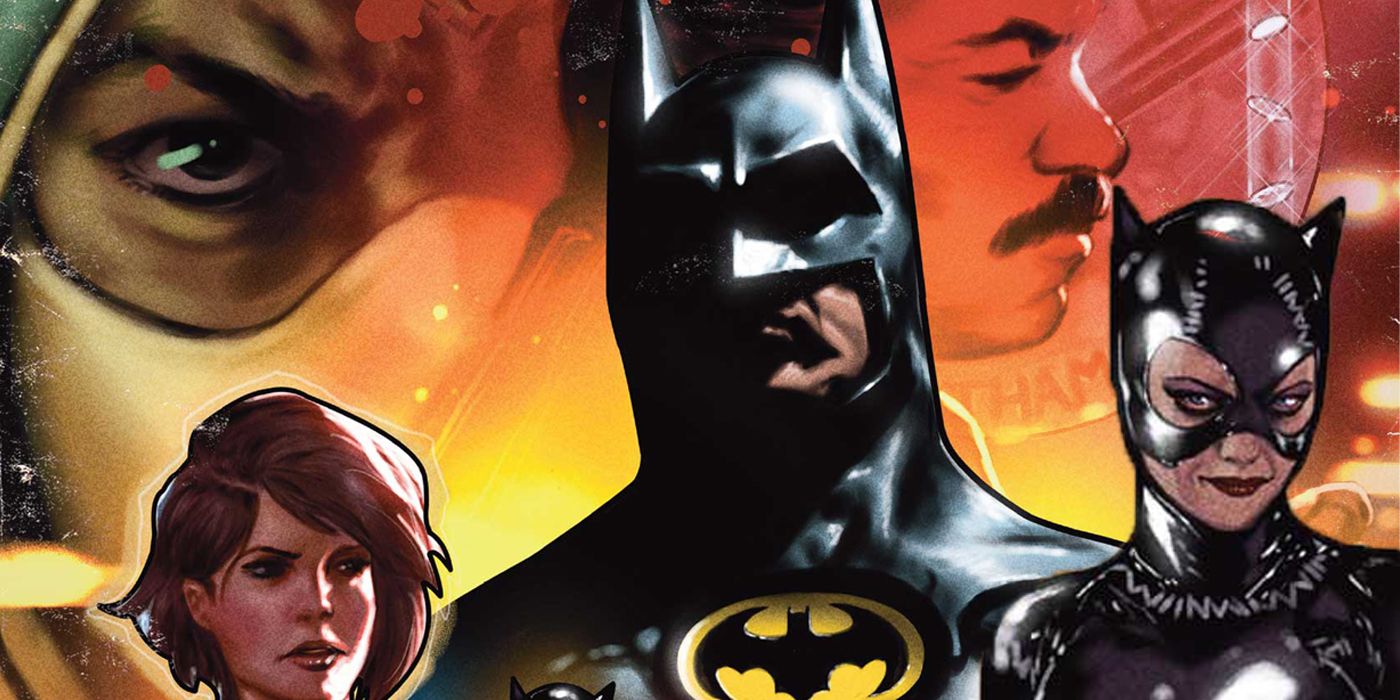
DC Comics also has a large library of Elseworlds tales at their disposal, with endless Batmen from outside of mainstream canon, such as the Victorian Batman featured in Gotham By Gaslight. One of the most famous alternate Batmen comes from Flashpoint, in which Bruce’s father Thomas Wayne became a brutal vigilante after losing his son. While an adult Bruce has met Thomas before, his involvement in a team of alternate versions of Batmen could be an emotional experience comparable to the trio of Spider-Men in Spider-Man: No Way Home. If the contrasting versions of the Dark Knight shared a title, there would be a lot of opportunity for emotionally dramatic moments, as well as parody, since each Batman has their quirks. It’s a mystery how a grizzled Thomas Wayne would interact with Adam West’s campy portrayal, but it’s a scene that would speak to the character’s profound evolution in pop culture since the 60s. The concept of a Flashpoint Batman teaming up with superheroes from other universes is alive and well, further cementing the thought that he should meet other Batmen in the future.
While DC Comics and fans alike are celebrating the vast array of Batmen in ongoing comics, the publisher is missing the perfect opportunity to cater to the fanbase. Just as Justice League was originally conceived to cater to a wide spectrum of readers who would purchase the title to follow additional superheroes, the Bat-Verse would offer a similar incentive for Batman fans.
